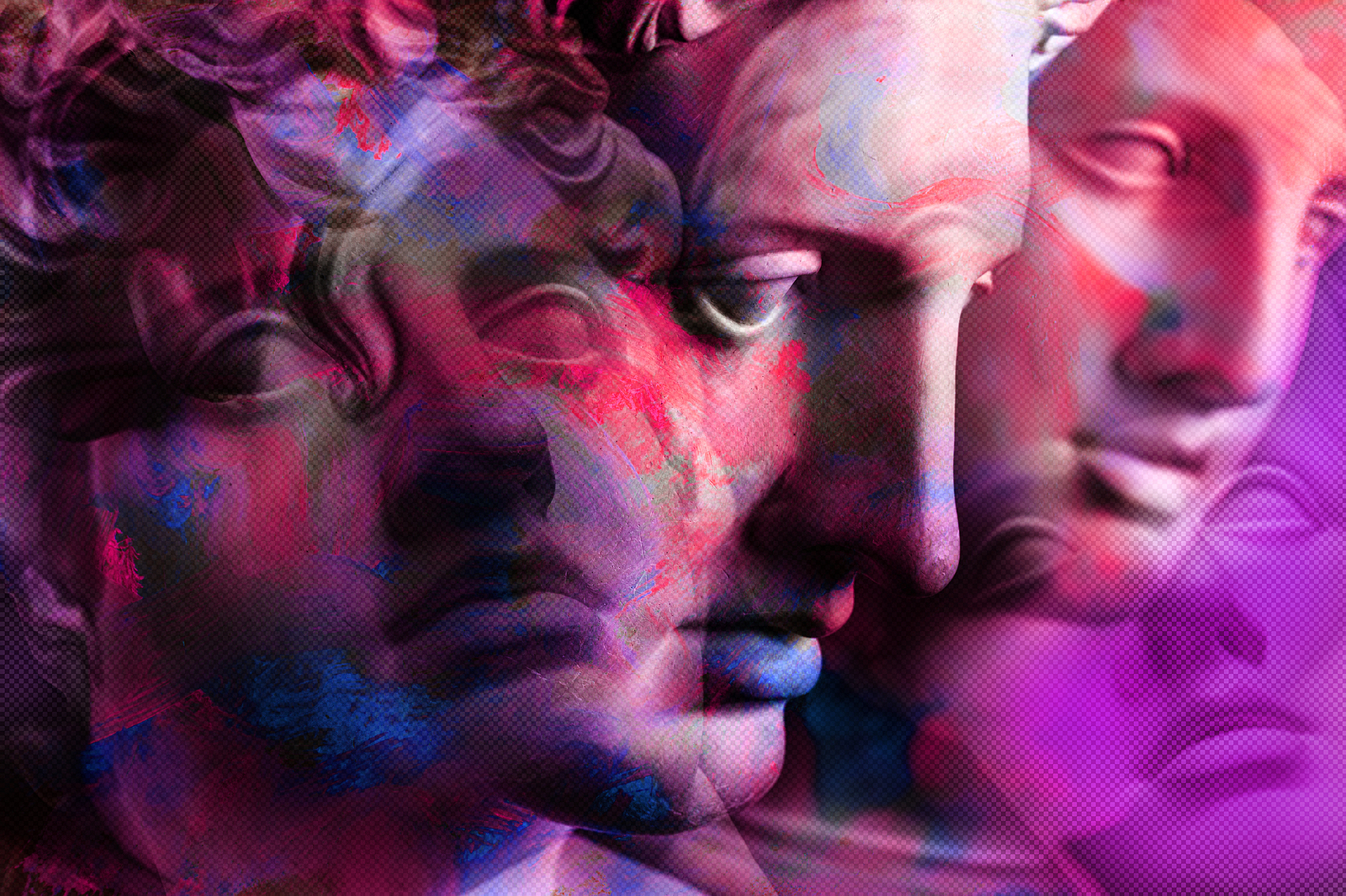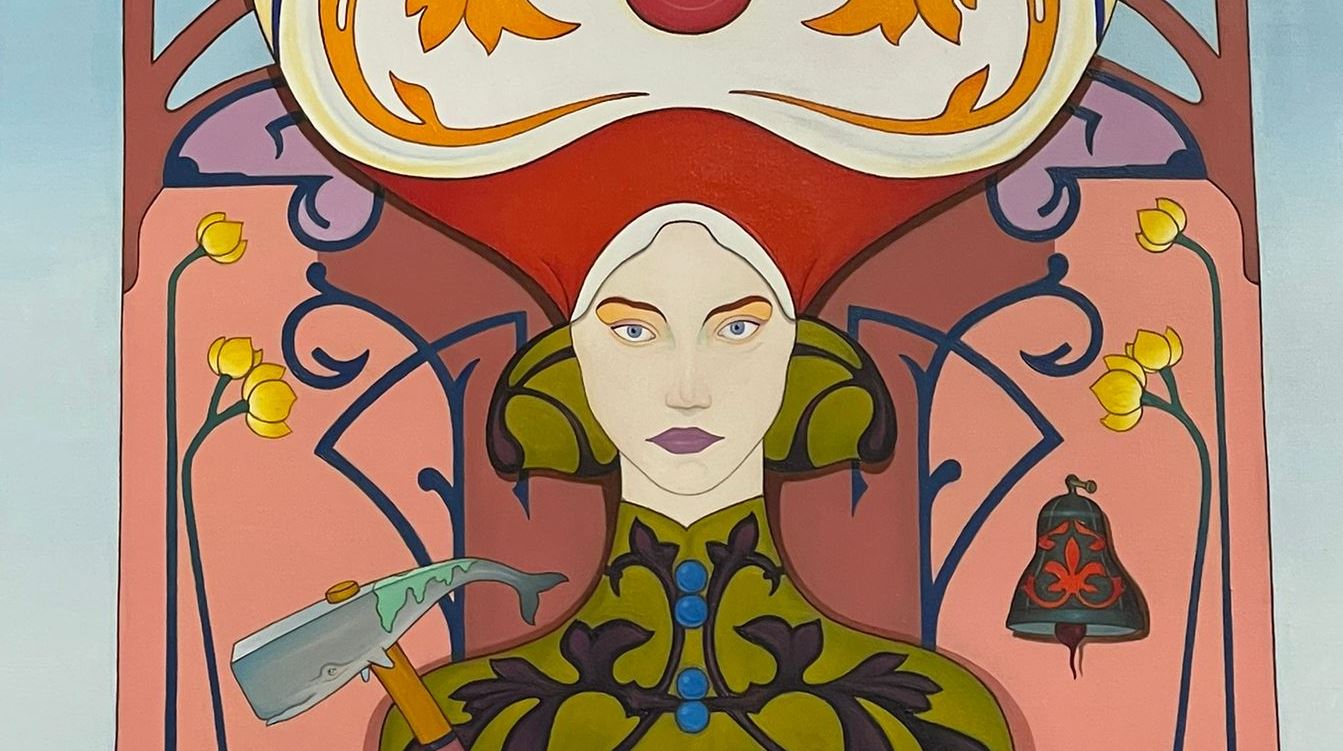Discussions about the definition of high and low art have been ongoing for centuries. In the 18th century, philosophers began to distinguish between “art for art’s sake,” such as painting, music, and sculpture, and craft, which refers to everything that was created with utility in mind. Today, the term “low culture” is often used to describe art that is created solely for consumption by the general public. However, most modern art experts agree that there are problems with the “high art vs low art” dichotomy.
High Art vs Low Art: Is There Really a Clear-Cut Difference?
When the term “high art” first appeared, it was meant to describe a work of art that merely served an aesthetic purpose. That is where the problems with defining what exactly fits under the label start. First, it is virtually impossible to decide what is and is not aesthetically pleasing. Whether we find something visually appealing or not is based solely on our subjective taste, life experience, and background. Even if 99 people out of 100 say a painting is beautiful, it is not proof of its beauty because, ultimately, it is not something that can be quantified.
Defining art that is created solely for utilitarian purposes is a tricky task. For instance, a lamp serves a specific purpose of providing light, but it can also be visually pleasing. Furthermore, we know that art can be created to evoke a range of emotions and thoughts. For example, documentary photography aims to draw public attention to social issues but is often exhibited in fine art museums. However, photographs were invented centuries after philosophers came up with the “high art vs low art” distinction. Hence, one of the significant drawbacks of this way of thinking about art is that it is outdated.
Today, “high art” is often synonymous with “classical art.” Some people go as far as to say that all contemporary or modern art is not art at all because it does not conform to the strict rules of classicism. Others might think that the ability to appreciate high art places them morally above those whom they see as mere consumers of mass-produced entertainment, which they see as “low.”
There are many ways in which calling one kind of art “high” and the other “low” is confusing at best and problematic at worst. At the end of the day, there should not be shame in enjoying any kind of creative expression, whether it is shown in a fine art museum or painted on the buildings’ walls.



